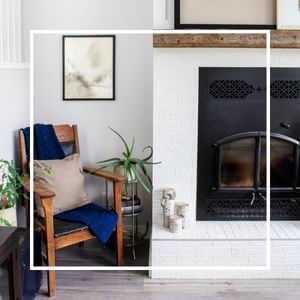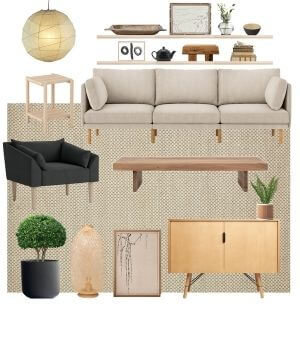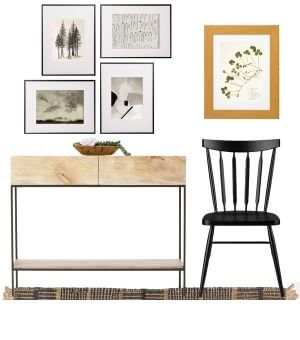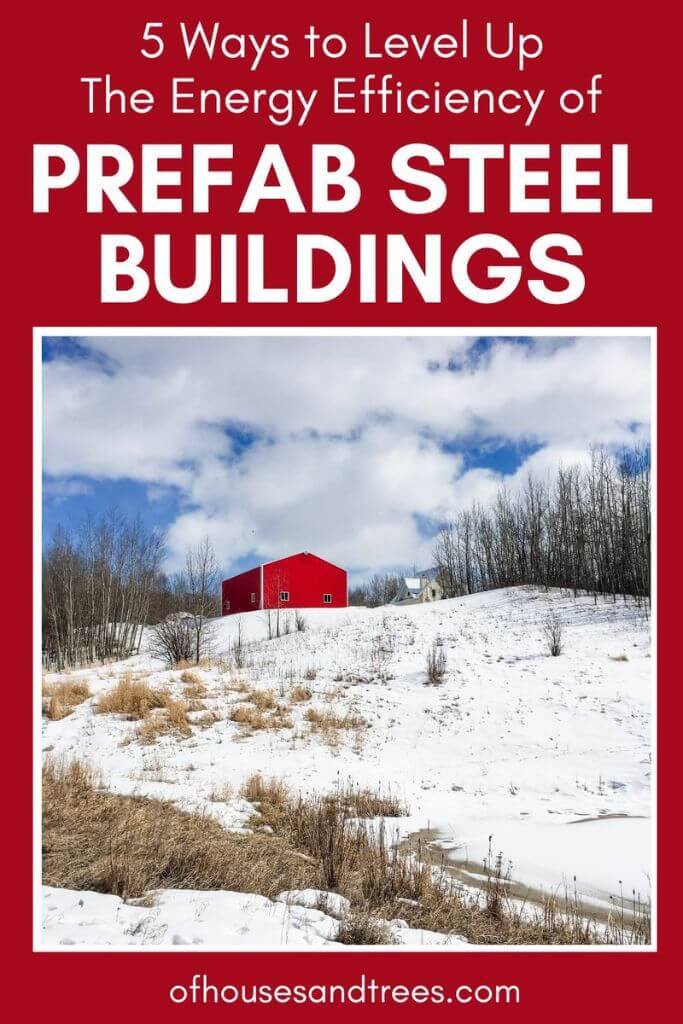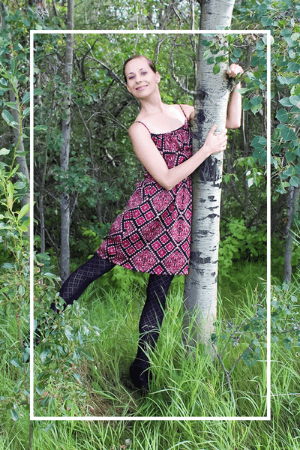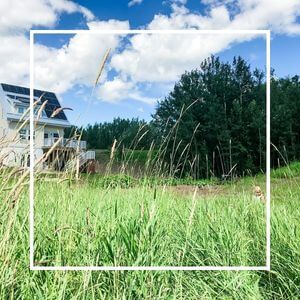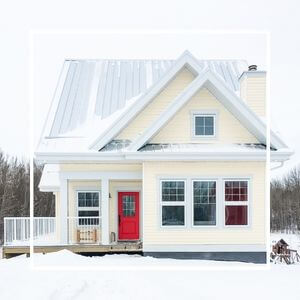Interested in learning more about prefabricated steel buildings and how to boost their energy efficiency? Here are five ways!
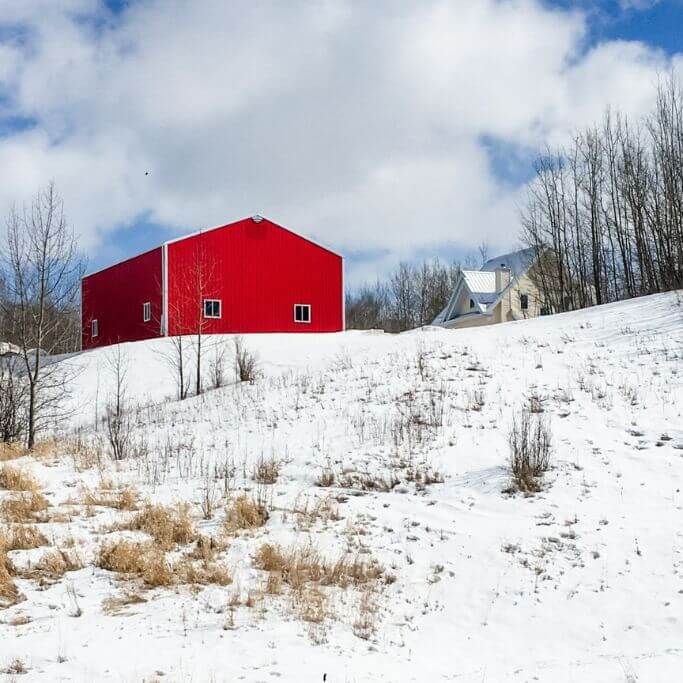
When it was time to construct an outbuilding to accompany Our House in the Trees, there was no question in our mind that it was going to be made of steel. Coming from the construction world Devin has had a lot of experience with metal buildings. (Not building them himself, but being involved in prepping and finishing sites with traditionally built and steel prefab buildings.) I had already chosen a steel roof for our house, because I knew how durable they are and how steel is a highly recyclable material.
Steel metal buildings are used in all kinds of applications, including homes and acreage outbuildings, as well as office buildings, warehouses and agricultural buildings. And prefabricated metal buildings, often referred to as “prefab” structures, have emerged as a popular solution that combines efficiency with sustainability. Prefab buildings can be customized to optimize energy efficiency, thereby reducing long-term operational costs and making them an ideal choice for the environmentally conscious.
Keep reading to learn what makes steel buildings sustainable, as well as five ways to level up the energy efficiency of prefab steel buildings.
Featured Video
Are Steel Metal Buildings Sustainable?
Like any construction material, steel has its pros and cons when it comes to its environmental impact. While the manufacturing of style can be a very resource-intensive process, the most sustainable aspect of the material is that it’s essentially infinitely recyclable. It’s also nice to know, with there being so many “recyclable” materials that simply end up in landfills, that in North America 60-80 million tons of steel are recycled annually.
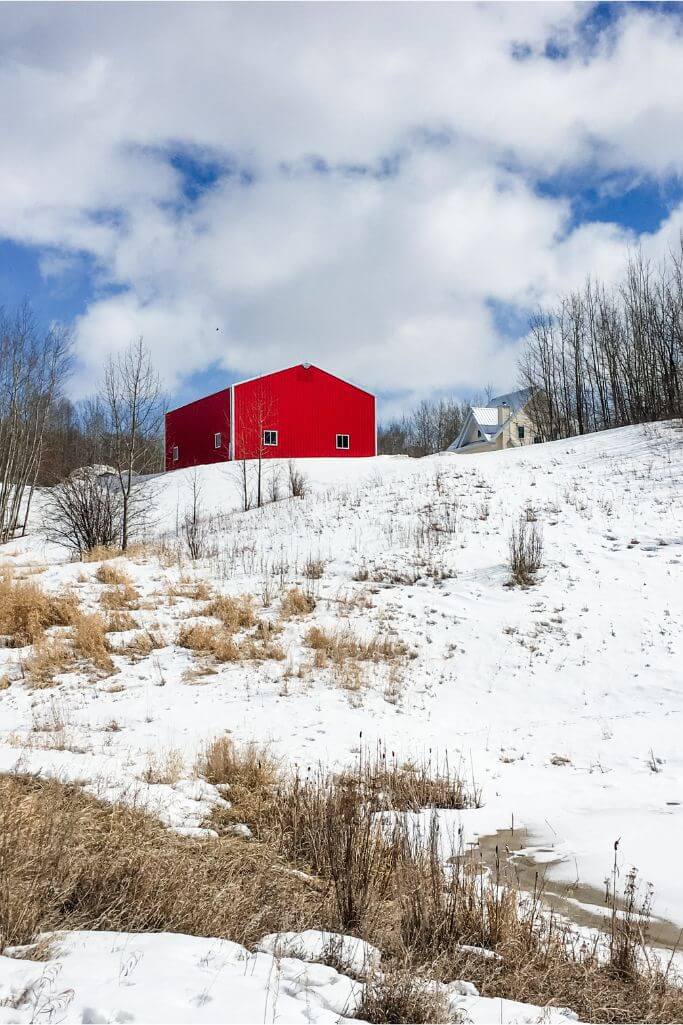
Why Build a Prefabricated Steel Building?
While our shop was “stick built” (meaning it was built piece by piece on site), there are many benefits to going the prefabricated route instead. A prefab building is constructed offsite, usually in a climate controlled warehouse, and then is shipped to the building site. Because prefab buildings are built in such a controlled environment there tends to be less waste produced. And, once transported to the site, the building can be assembled quickly and efficiently – reducing the building site’s footprint, as well as the cost.
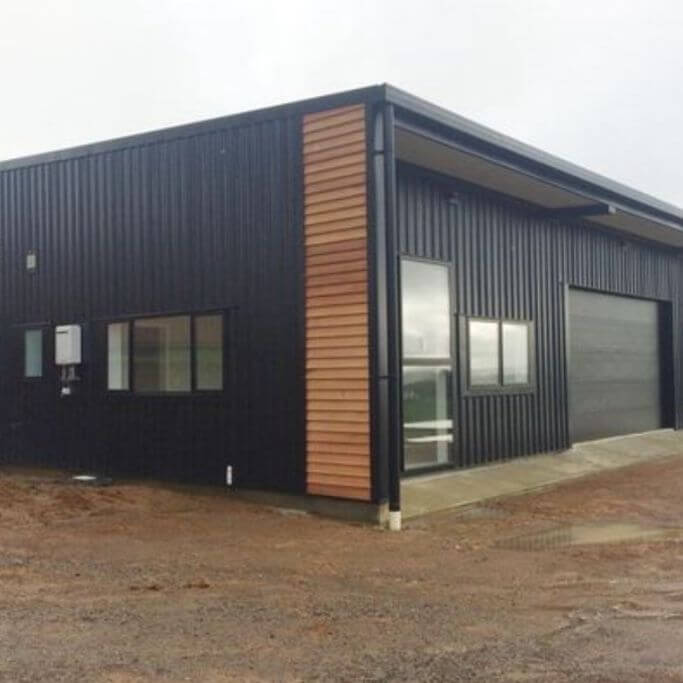
Need help choosing eco-conscious furniture and decor for your home? That’s what I’m here for!
5 Ways to Boost the Energy Efficiency of Prefab Buildings
Just like with any type of construction, the energy efficiency of a prefab metal building is going to be greatly impacted by the quality of finishes, as well as the level the builder and owner are willing to invest in the details. Things such as insulation, the use of natural light, proper ventilation and the integration of solar power and smart building technology are all important aspects in creating a highly efficient steel building.
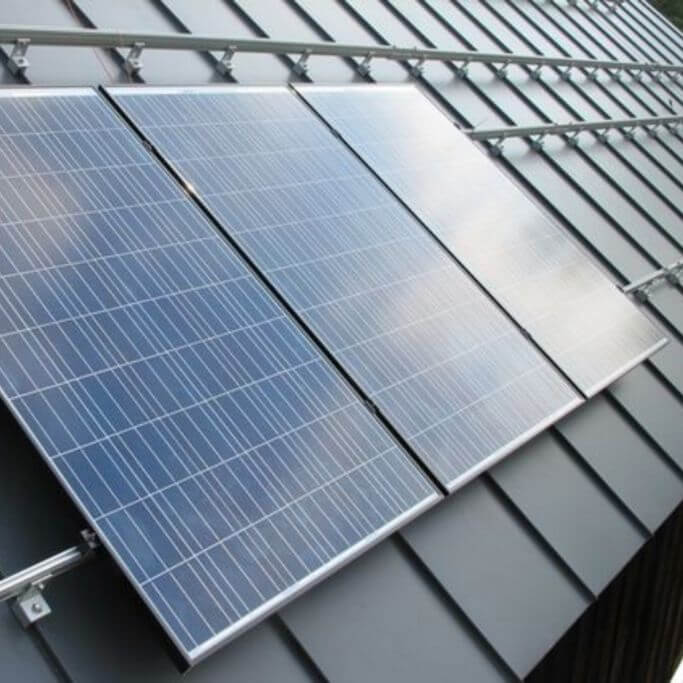
Install High Quality Insulation
One area that is going to make or break the efficiency of any building is insulation. What climate the prefab building is going to exist in determines the level of insulation required. But just as important as the amount of insulation is the way in which it is installed. While proper ventilation is key to an energy efficient building (more on that below), the insulation envelope should be airtight so no air is getting in or out through gaps and cracks.
Ensure Proper Ventilation
Buildings with no air flow run the risk of becoming too humid or too dry, which can impact the structure or lead to things such as mould. It also is extremely important for indoor air to have a way to exit the building in a controlled manner, such as with exhaust fans and forced air systems. Plus, proper ventilation helps with temperature regulation, which leads to less fluctuations in the building’s heating and cooling systems.
Incorporate Natural Light
Not only is exposure to natural light a necessity to human health, it also helps to cut down the need for artificial lighting during the daytime. Building features such as windows and skylights bring much needed sunlight into a space and contribute to energy savings, which is good for the environment and for the budget!
Integrate Solar Power
When we built our steel shop, we had the roof engineered to handle the additional load of solar panels. Even though we couldn’t afford to install the panels at the time of construction (and are still saving up for them), having the building be ready for future panels ensures that when it’s time to install them we know the roof is able to handle the load. As far as prefab steel buildings go, having the structure pre engineered and built to allow for energy efficient additions is a smart investment in the future.
Consider Smart Building Technology
Smart building technology has come a long way and is a field that is constantly evolving. And while I’m not a fan of automating every aspect of our lives, I can definitely get on board with energy management systems that operate independently – ensuring that things such as lighting, cooling and heating are constantly monitored.
Long Term Benefits of an Energy Efficient Prefab Steel Building
Of course, the number one benefit of any energy efficient building is the reduced impact on the environment. But there are a whole host of additional benefits, such as lower energy bills and the potential for government sustainability incentives. And let’s not forget where this post started – the benefits of using steel as a building material, which leads to reduced maintenance costs and an end-of-life plan for the building’s components.
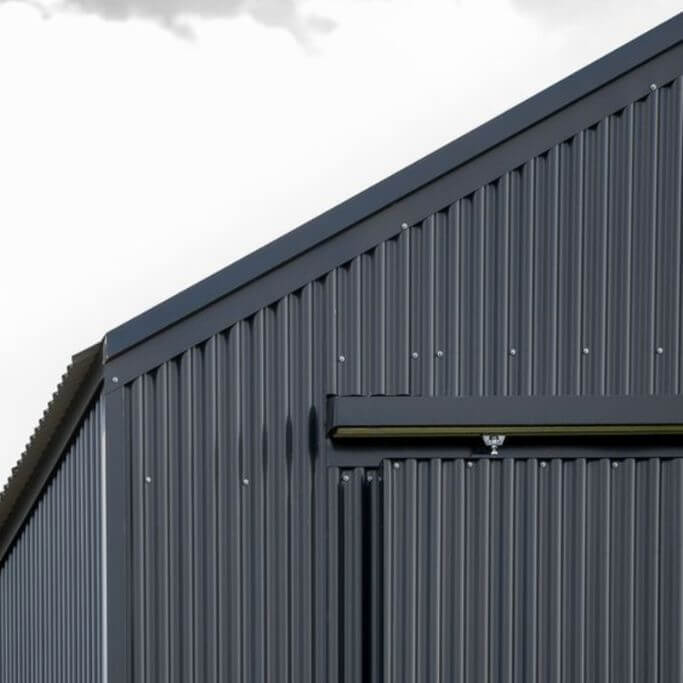
Whether you’re interested in prefab metal buildings because of their cost efficiency, ease of on-site construction or for any other reason, hopefully you’re also considering how this type of building can be paired with sustainability-boosting upgrades such as high-quality insulation and solar panels. I know I am!
What are your thoughts on the use of steel as a building material? Are you for or against it? What about traditionally built versus prefabricated buildings in general? Comment below!
CLICK TO PIN ME!
Posted on January 4, 2024
Need help choosing eco-conscious furniture and decor for your home? That’s what I’m here for!
Former architectural technologist. Current treehugger.
I’m here to help you green your home – and your life.
Subscribe to the Of Houses and Trees monthly newsletter and I’ll send you my FREE list of “The 8 Best Places to Buy Eco-Conscious Decor Online.”
What on earth is sustainable design? Learn all about this eco-focused design method and read the latest posts about green architecture, interior design and decor.
Sustainable living is more than just a thing treehuggers talk about. It’s about making conscious choices everyday. Read the latest posts on living with the planet’s wellbeing always in mind.
Visit the Of Houses and Trees sustainable product directory and support brands trying to make a difference in the world.
Find out more about our 40 acres of land in Parkland County, Alberta and the sustainable home we built amongst the trees.
Need help creating the home of your dreams? Care about the planet? You’ve come to the right place! check out my affordable, sustainable e-design services.
Having a had time choosing paint colours? I’ve got you – and your walls – covered with an interior paint palette sure to compliment your home.
Have questions about creating an eco-conscious home? Go ahead – ask me! Sign up for one of my free online interior design consultations and ask me anything you want.
